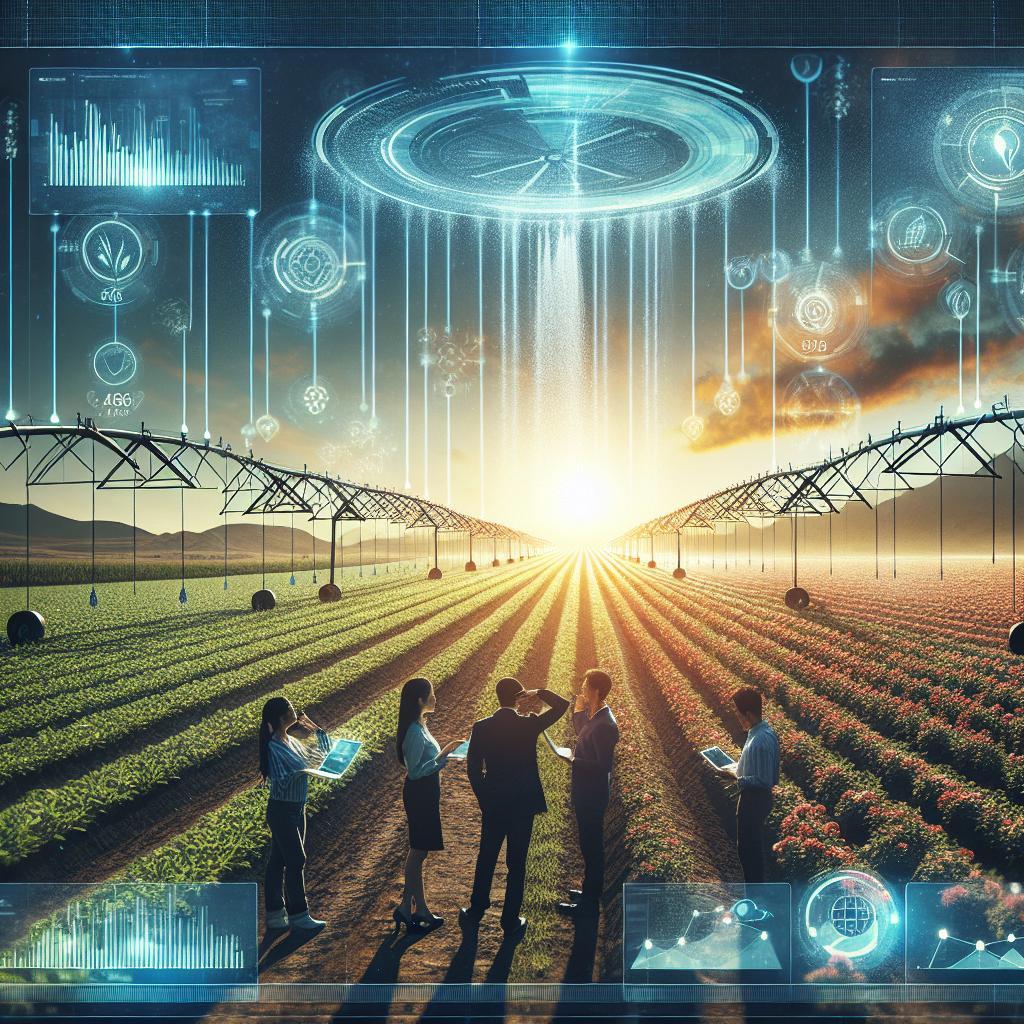This post may contain affiliate links which means I may receive a commission for purchases made through links. Learn more on my Private Policy page.
Introduction:
Imagine stepping into your lush garden, where vibrant flowers bloom and vegetables thrive, all thanks to a carefully regulated watering system. But wait—what if we told you that this idyllic scene could be achieved without you having to lift a finger? Enter the world of automated irrigation systems, where cutting-edge technology meets the age-old art of gardening. As we navigate the challenges of climate change and water conservation, automating your irrigation not only boosts efficiency but also frees up your time to enjoy the fruits of your labor. Whether you’re a seasoned gardener or just starting out, embracing automation can transform how you nurture your green space. Join us as we explore the exciting possibilities of smart watering solutions, and discover how to keep your plants happy and hydrated with minimal effort. Let’s dive in!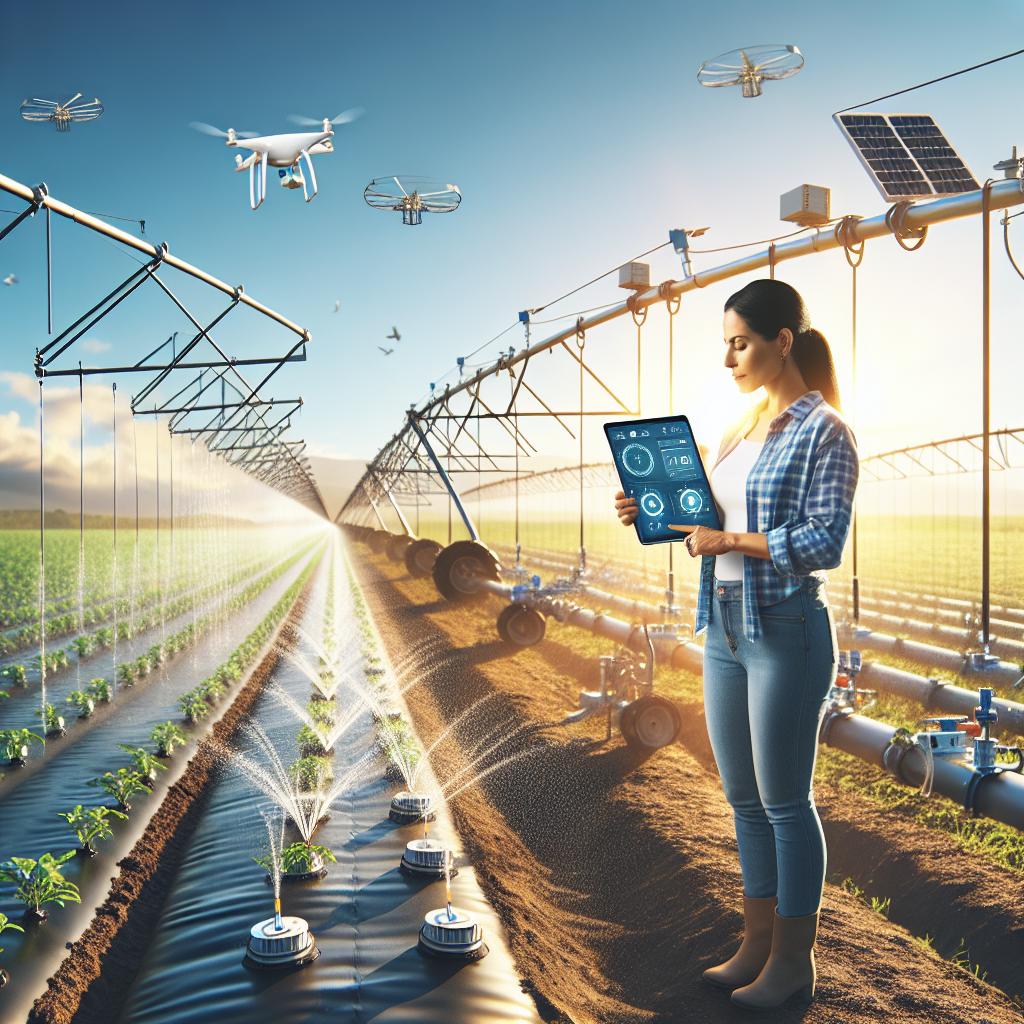
Embrace Smart Technology to Transform Your Irrigation Experience
By integrating innovative technology into your irrigation system, you can facilitate a more tailored approach to watering that not only optimizes water use but also ensures your plants thrive. Smart sensors can be placed throughout your garden or farmland to monitor soil moisture levels, temperature, and humidity, keeping you informed about your irrigation needs. Consider the following benefits of embracing smart technology:
- Real-time Monitoring: Receive updates via mobile apps about your soil conditions and irrigation schedules.
- Automated Scheduling: Adjust watering times based on weather forecasts and soil moisture data, eliminating guesswork.
- Water Conservation: Minimize water waste by watering only when necessary.
Moreover, automated systems allow you to set specific schedules, providing your plants with consistent care even when you’re away.For those who prioritize sustainability, implementing smart technology means greater efficiency without sacrificing results. Take a look at the comparison of traditional versus smart irrigation systems:
| Feature | traditional System | Smart System |
|---|---|---|
| Water Usage | High | Optimized |
| Control Method | Manual | Automated |
| Monitoring | Surface Only | Soil/weather Integrated |
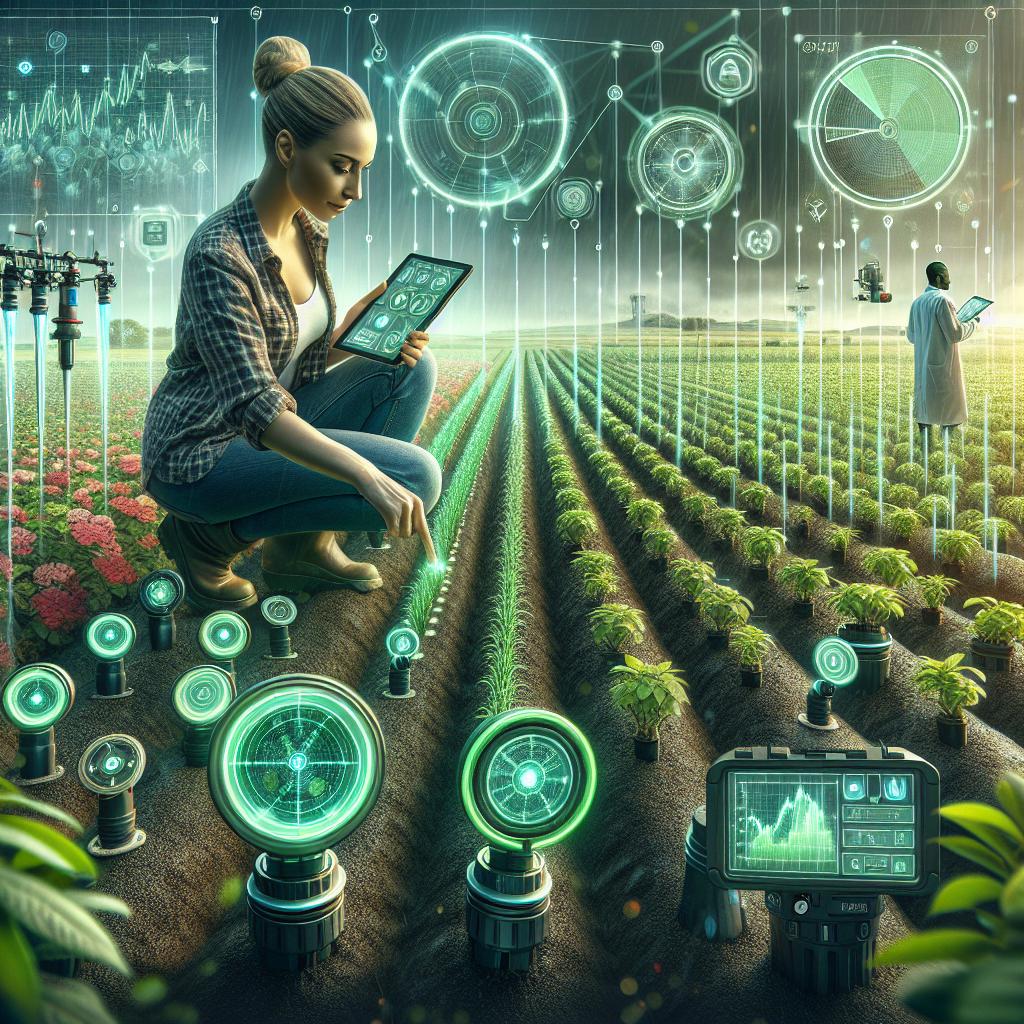
Mastering Soil Moisture Sensors for Tailored Watering Solutions
Soil moisture sensors are a gardener’s best friend, enabling you to achieve the perfect balance between water supply and demand for your plants. These innovative tools can assess the moisture content of the soil at varying depths and provide real-time data, ensuring that you aren’t overwatering or underwatering your garden. By integrating these sensors into your irrigation system, you can establish a responsive watering schedule that adjusts based on the specific needs of your plants, taking into account factors like weather patterns and plant type. This results in healthier plants and can substantially reduce water waste.
Consider implementing a smart irrigation controller that works in tandem with your moisture sensors.This allows for a seamless flow of information, automating your watering process like never before. here are some features you may want to look for when selecting a system:
- Real-Time Alerts: Notifications to keep you informed about soil conditions.
- Data Logging: Historical data tracking to analyze moisture trends.
- Customizable Schedules: Tailored watering times based on specific plant needs.
- Weather Integrations: Automatic adjustments based on local forecasts.
To further enhance your understanding of how different moisture levels affect plant health, refer to the following table that summarizes ideal moisture content for common garden plants:
| Plant Type | Ideal Moisture Level (%) |
|---|---|
| Tomatoes | 30-40 |
| Carrots | 20-30 |
| Lettuce | 25-35 |
| peppers | 30-40 |
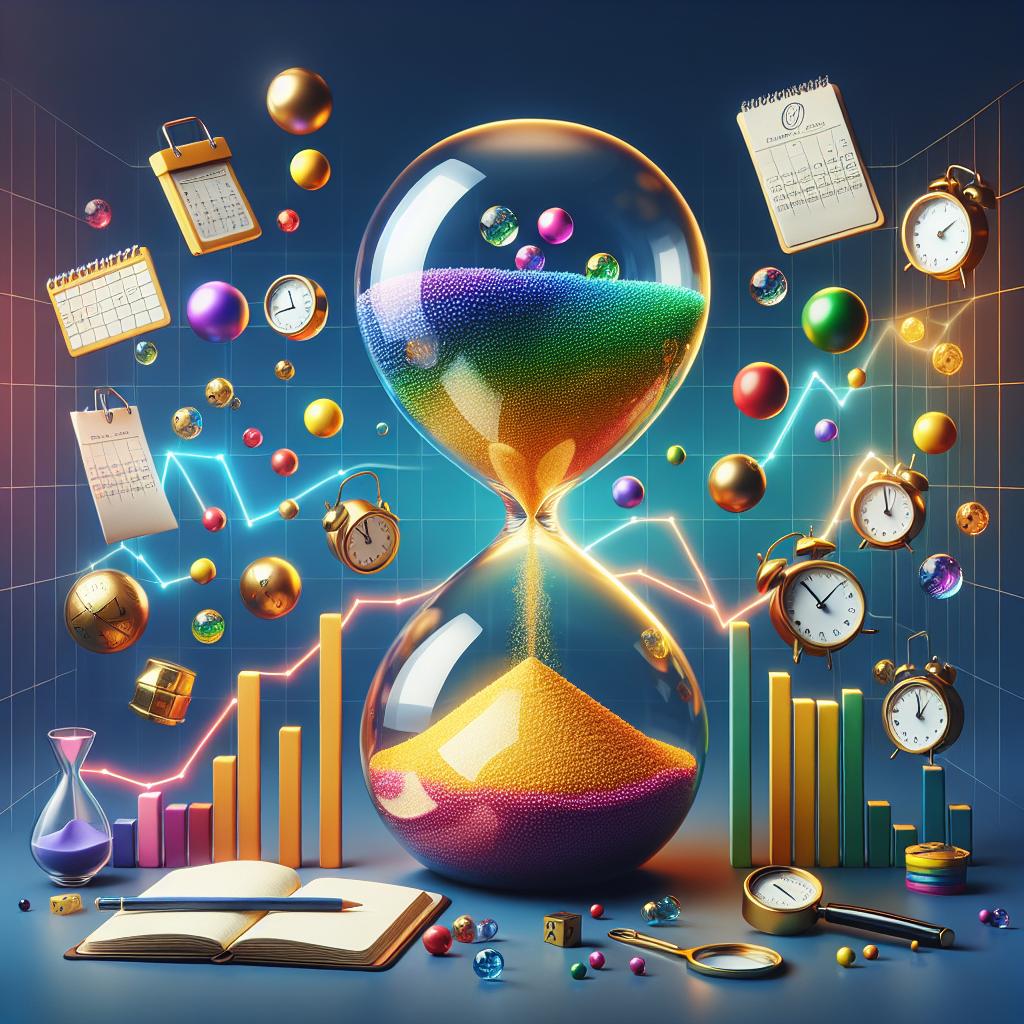
Scheduling made Simple: Optimizing Timing for Maximum Yield
Effective timing is crucial for any irrigation system to ensure plants receive the right amount of water without wastage. By utilizing automated scheduling,you can adjust watering cycles based on various factors such as weather conditions,soil moisture levels,and crop needs. This means you can set your system to operate during the early morning or late evening, reducing evaporation and maximizing water absorption. Consider these essential elements when setting up your irrigation schedule:
- Monitoring Local Weather: Integrate forecasts to adjust your irrigation plan based on predicted rain.
- soil Moisture Sensors: Employ sensors that provide real-time data to guide when to water.
- Crop Growth Stages: Tailor your schedules to align with different water requirements at each growth stage.
Investing in a smart irrigation controller allows you to automate these adjustments seamlessly. Not only dose this reduce water usage, but it also promotes healthier plants by ensuring they are hydrated at the optimal times.To help you visualize the impact of effective scheduling, the following table summarizes potential water savings:
| Method | Water Used (Gallons) | Water Savings (%) |
|---|---|---|
| Traditional Irrigation | 800 | – |
| Automated scheduling | 600 | 25% |
| Smart Sensors | 450 | 43.75% |
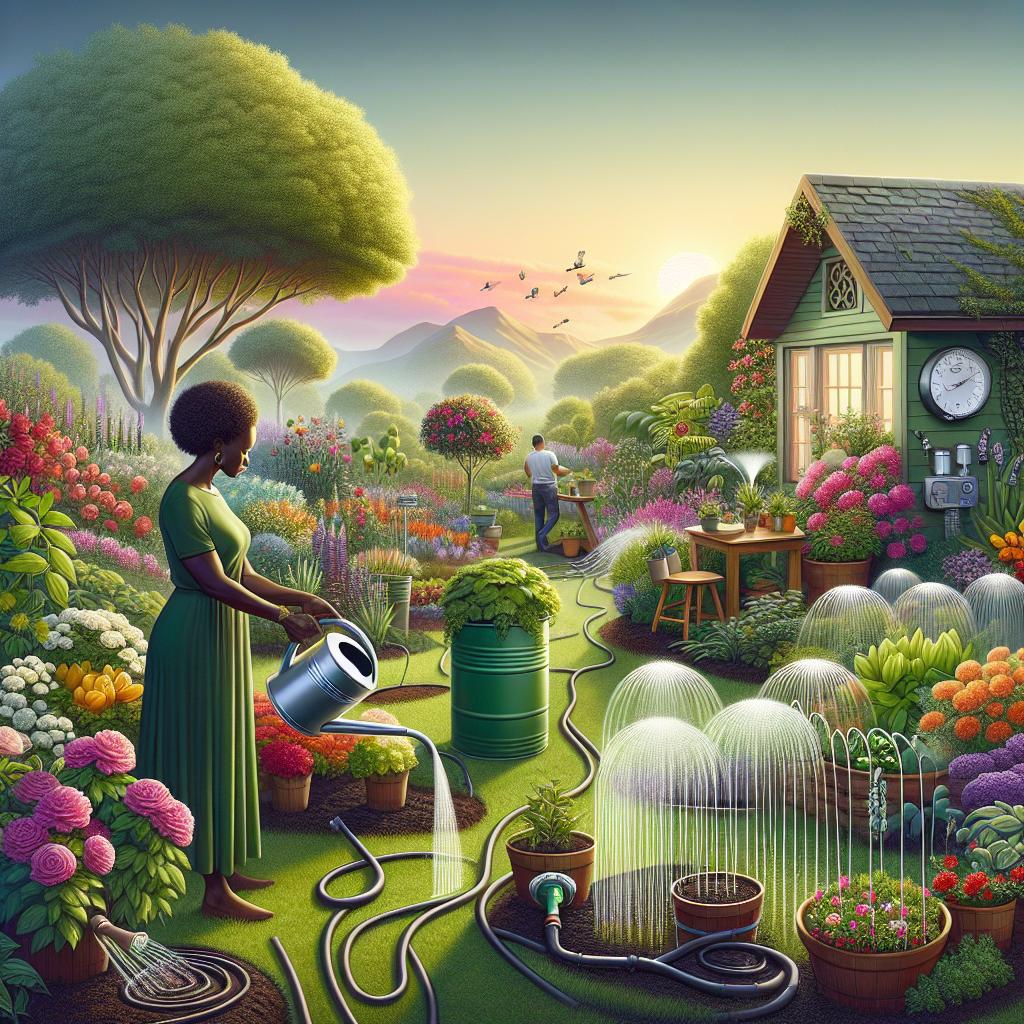
Eco-Friendly Practices: Conserving Water While Keeping Your Garden Thriving
Implementing an automated irrigation system can be a game changer for maintaining a lush garden while conserving water. By using a combination of technology and smart design, you can ensure that every drop counts. Drip irrigation systems are notably effective as they deliver water directly to the plant roots, reducing evaporation and runoff. Incorporating a smart controller can also enhance your system’s efficiency by adjusting watering schedules based on real-time weather data, ensuring your garden receives just the right amount of moisture without waste.
Here are some key components to consider for your automated irrigation system:
- Soil moisture sensors: These devices measure the amount of water in the soil, allowing your system to water only when necessary.
- Rain sensors: automatically shut off the irrigation system during rainy weather, preventing over-watering and conserving resources.
- Timers and schedules: Customize watering times and durations to ensure optimal watering during cooler parts of the day.
To illustrate the water-saving potential, consider the following table showcasing average water usage:
| Watering Method | Water Usage (gallons/hour) | Water Savings (%) |
|---|---|---|
| Traditional Sprinklers | 30 | N/A |
| Drip Irrigation | 10 | 66.67% |
| Soaker Hoses | 15 | 50% |
Concluding Remarks
As we wrap up our exploration of automating your irrigation system for increased efficiency, it’s clear that with a little planning and the right technology, watering your garden can be as breezy as a summer afternoon. Imagine lush green lawns, thriving flower beds, and the satisfaction of knowing you’re conserving water while nurturing your plants. Whether you’re a seasoned gardener or a curious newbie, embracing irrigation automation not only streamlines your gardening routine but also celebrates the beauty of nature.
So why wait? Dive into the world of smart irrigation and watch your garden flourish like never before. By merging technology with your passion for gardening, you’re not just watering plants; you’re cultivating a lasting future. Happy watering, and may your garden always be green! 🌿
This post may contain affiliate links which means I may receive a commission for purchases made through links. Learn more on my Private Policy page.

